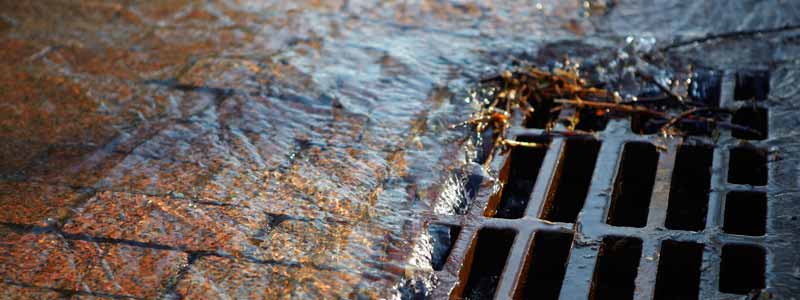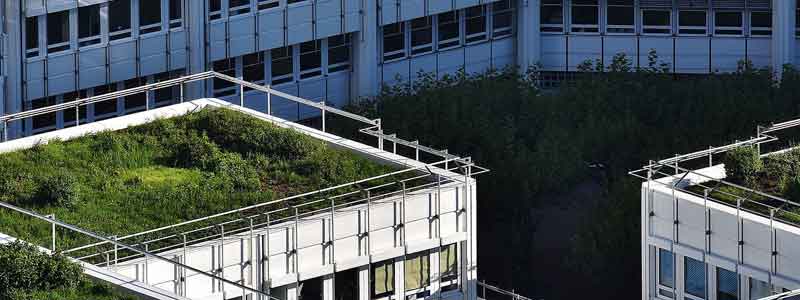In recent years there has been a marked increase in flooding in the UK, and this seems set to continue in the coming decades – the disastrous consequences of the rainfall across the UK earlier this year were clear for all to see in the images of mass flooding across the South of England.
One result of the recent floods has been that some drainage systems have been simply unable to cope with so much water. This can either be when flash floods occur, or when a particular area has been affected by rising water levels over a period of days.
Building on flood plains, and an increase in the use of tarmac and concrete to do so, has been one major reason why so much flooding has occurred in some areas. Because of how water is absorbed through a natural surface, areas that have vegetation in place have some natural resistance against flooding, whereas the impermeable aspect of tarmac and concrete means that water has nowhere to go but into surface water drainage systems.
Sustainable Urban Drainage Systems
One way of making drainage more effective without risking existing typical drain systems being unable to cope during a flood event is through sustainable urban drainage systems (SUDS). SUDS involves water being collected, stored and cleaned in a way that is both good for the environment and which is cost effective. Slowly, water is subsequently released into natural watercourses, typically streams and rivers. The SUDS process can stop drains from being overwhelmed through slowing down the flow of water, lessen the risk of environmental damage during heavy rain, and the quality of the water going into drains will also be improved.
Techniques such as rainwater harvesting and green roofs are utilised to make the SUDS method work. Permeable surfaces like gravel, that aids gradual drainage, are also made use of. While, for new developments, wetlands, ponds, and ditches should be integrated around them.
No-Dig Technology
Drains can also become ineffective through direct human activity, especially when things that will solidify are put down a sink, or sanitary items are flushed down a toilet. One revolutionary technique concerning the repair of a damaged drain – although one which is still in its infancy – is no-dig technology. Akin to keyhole surgery, no-dig technology is a way of repairing a drain with the minimum amount of fuss.
A high pressure water jet is first used to clean the drain, and a CCTV camera is then inserted inside the pipe to identify the problem. Normal methods of no-dig repair are cured-in-place pipe, with inflated lining used to repair a pipe from its inside, and a small patch repair, which relies on an inflated packer to put the patch in place. Resin is used in both cases to help make the pipe watertight.
A major advantage of no-dig technology is its cost-effectiveness, which should appeal to cash-strapped organisations. It’s also environmentally friendly.
Drainage models and monitoring have improved notably in recent times, which, it’s hoped, will result in the impact of heavy rain being easier to deal with. With population increase and climate change making its presence felt, there is obviously a pressing need to act when it comes to the problems posed by flooding.
If you would like to know more about the latest in drainage systems, or to repair, improve, upgrade your own system, get in touch today.

